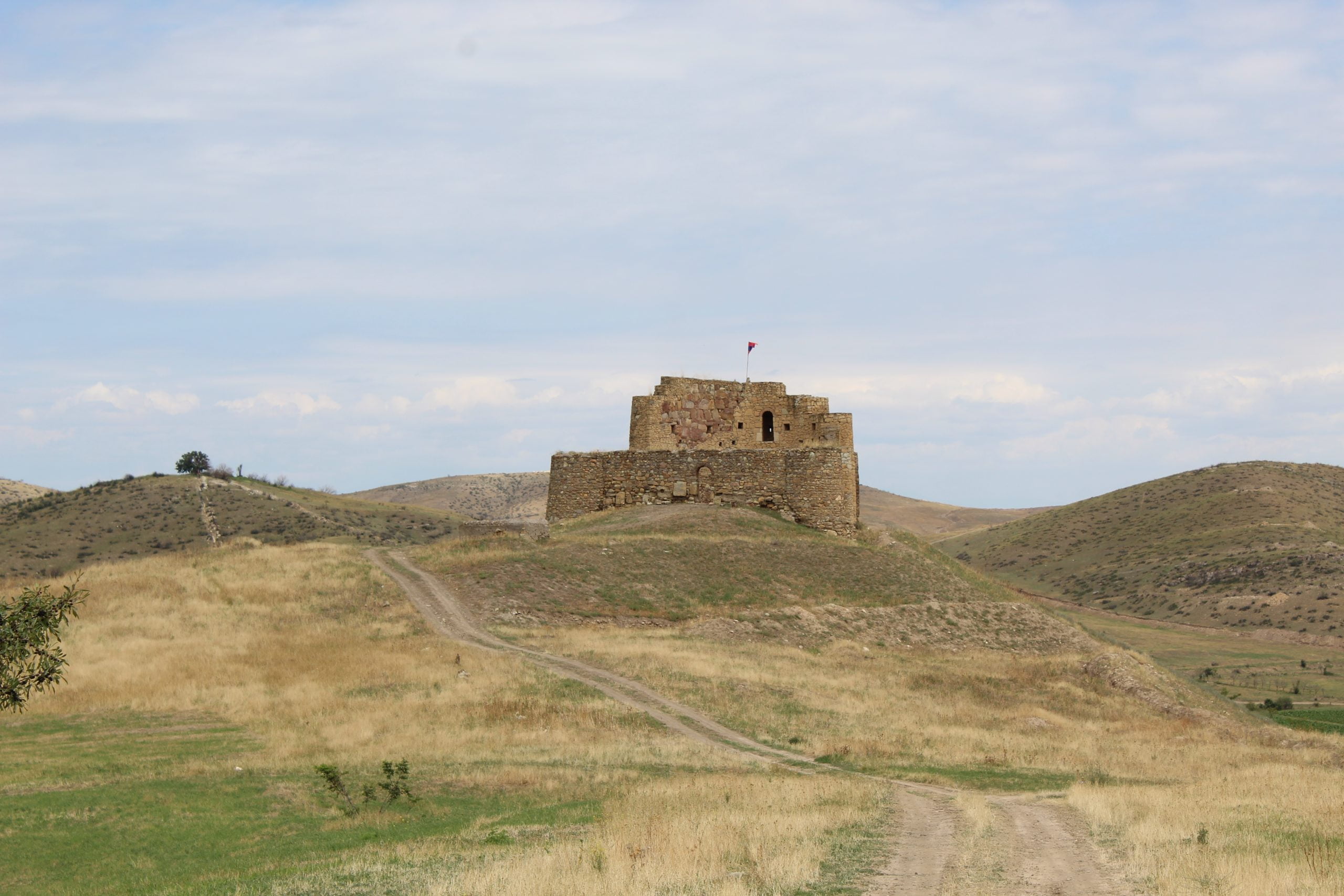Berdavan Fortress: A Historical Overview
Berdavan Fortress, also known as Ghalinjakar Fortress, stands as a significant historical monument in Armenia. Located on a hilltop near the village of Berdavan in the Tavush Province, close to the border with Azerbaijan, the fortress is situated 664 meters above sea level. This strategic position highlights its historical importance in the region’s defense and control.
Get your dose of History via Email
Historical Context
The origins of Berdavan Fortress trace back to between the 10th and 11th centuries AD, with the current structure predominantly dating from the late-medieval period around the 17th century. This period witnessed significant reconstruction efforts that shaped the fortress as it is recognized today. The reference to a temple of Ghalinjakar by a 13th-century Georgian historian is believed to be an early mention of Berdavan, indicating its longstanding significance in the region.
Further reconstruction efforts were undertaken in the 1980s, focusing on clearing ruins and rebuilding the upper portions of the serf walls and towers that were poorly constructed. Currently, efforts are underway to reconstruct the two northeastern towers. Archaeological excavations at the site have unearthed ceramic plates, metal axes, and other artifacts, providing valuable insights into the lives of the inhabitants of Berdavan Fortress.

Architectural Features
Fortress Structure
The fortress is characterized by its triangular layout, with ramparts connected by eleven semi-cylindrical exterior towers. These towers, varying in height due to the sloping topography, are designed to taper very little towards the top, aligning in height with the fortress walls. The fortification walls themselves are 1.2 meters thick, with a single portal of 1 meter in width serving as the entrance. Inside the fortress were shelters, storehouses, and other essential buildings, alongside a secret passage designed for use during sieges.
Church and Religious Structures
Approximately 200 meters southwest of the fortress lie the ruins of a triple-nave church, accompanied by a medieval cemetery and chapel. The church, presumed to be built around the same late-medieval period as the fortress, showcases walls constructed from slightly hewn yellowish felsite stone. The structure’s layout, decorative elements, and building technique suggest a contemporaneous foundation with the fortress. Despite the collapse of the roof and parts of the structure being buried, the original height of the walls remains intact.
The church features a single portal on the northern wall, likely constructed from stones repurposed from another monument. The interior, once divided into three naves by arches supported by inset wall-pillars, now bears the remnants of these architectural features. Adjacent to the church is a chapel with two khachkars from the 12th or 13th century, further enriching the site’s historical and religious significance.

Conclusion
Berdavan Fortress stands as a testament to the rich historical and architectural heritage of Armenia. Its strategic location, architectural complexity, and the artifacts uncovered through archaeological excavations offer invaluable insights into the region’s past. As restoration efforts continue, Berdavan Fortress remains a focal point for understanding the medieval period in Armenia and the broader Caucasus region.
Sources:

